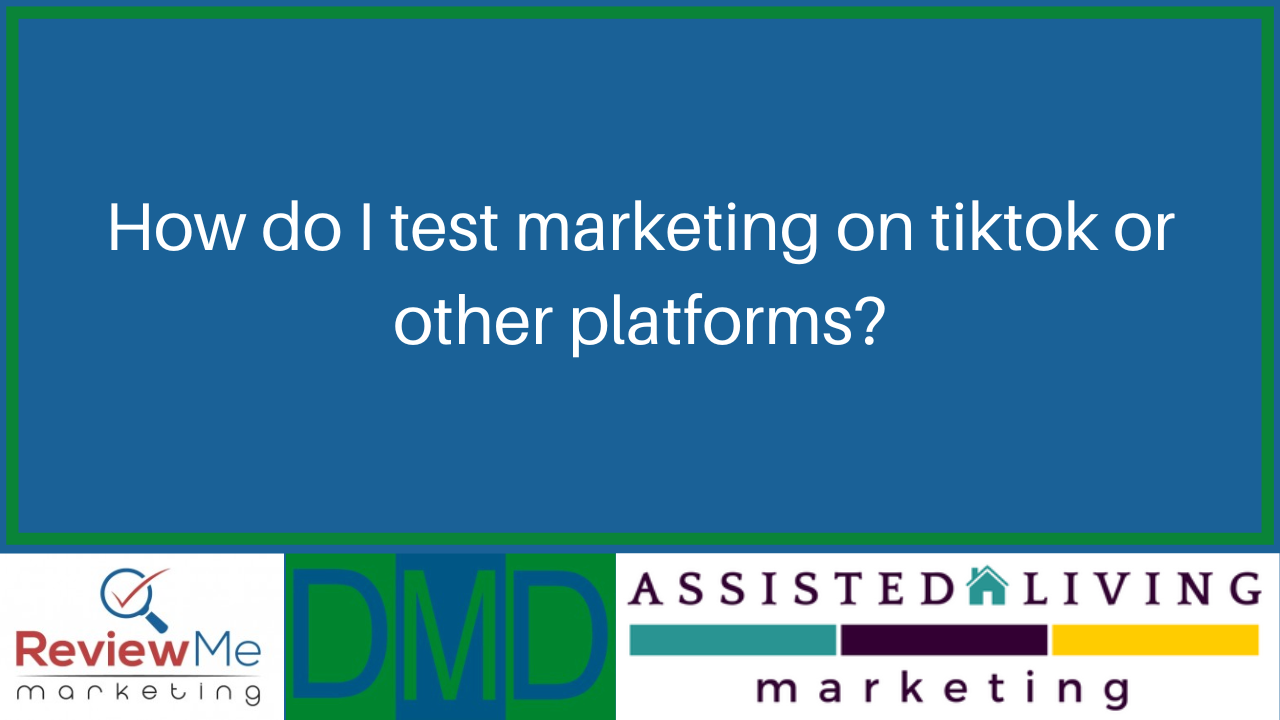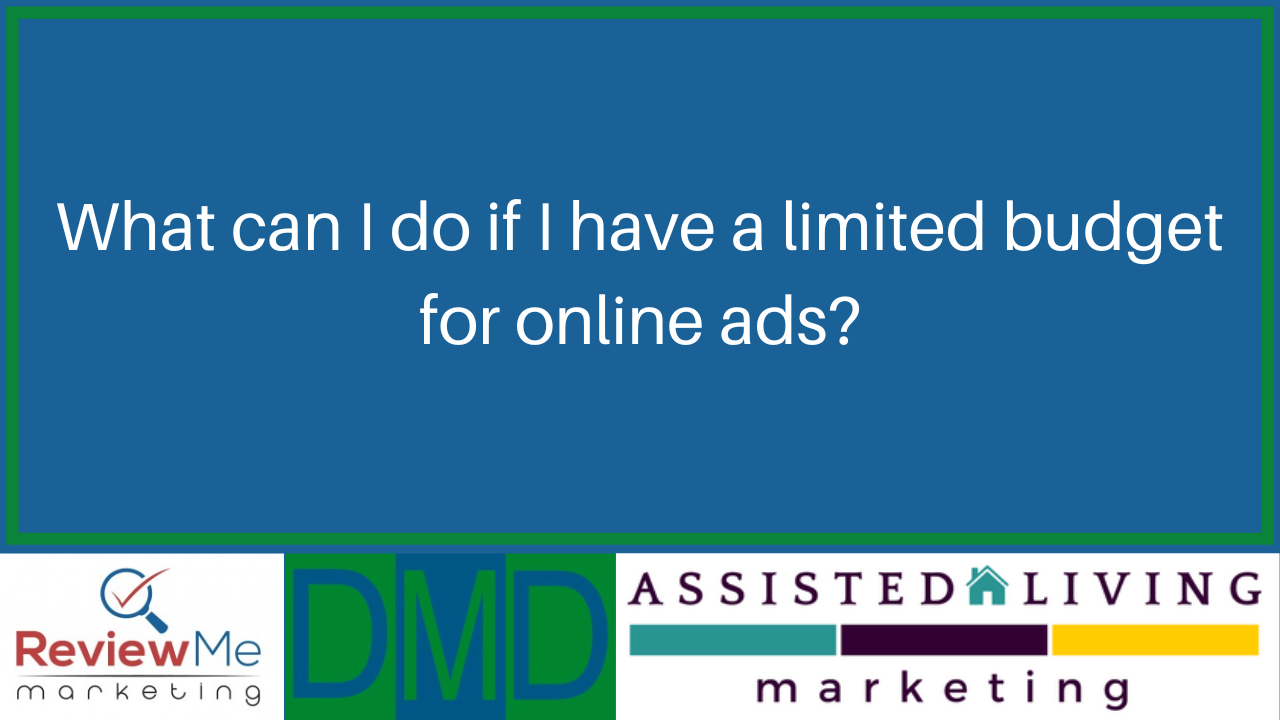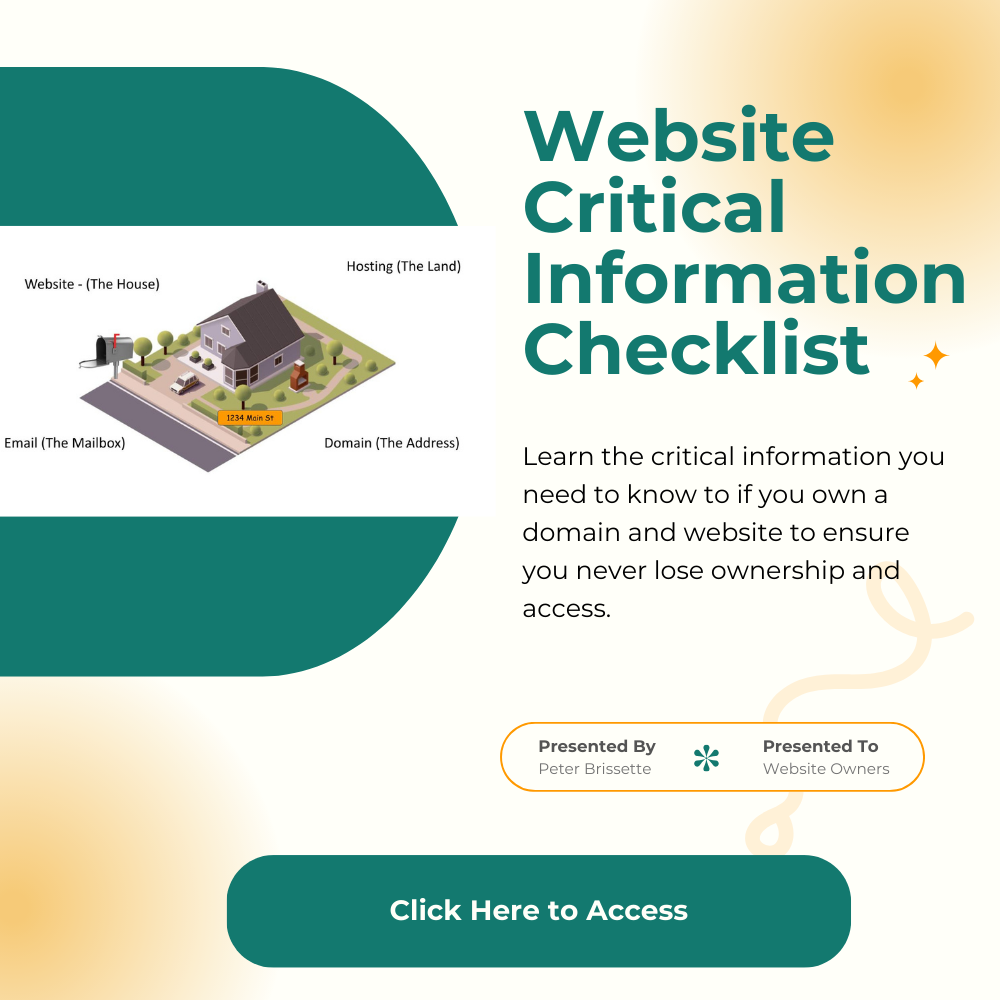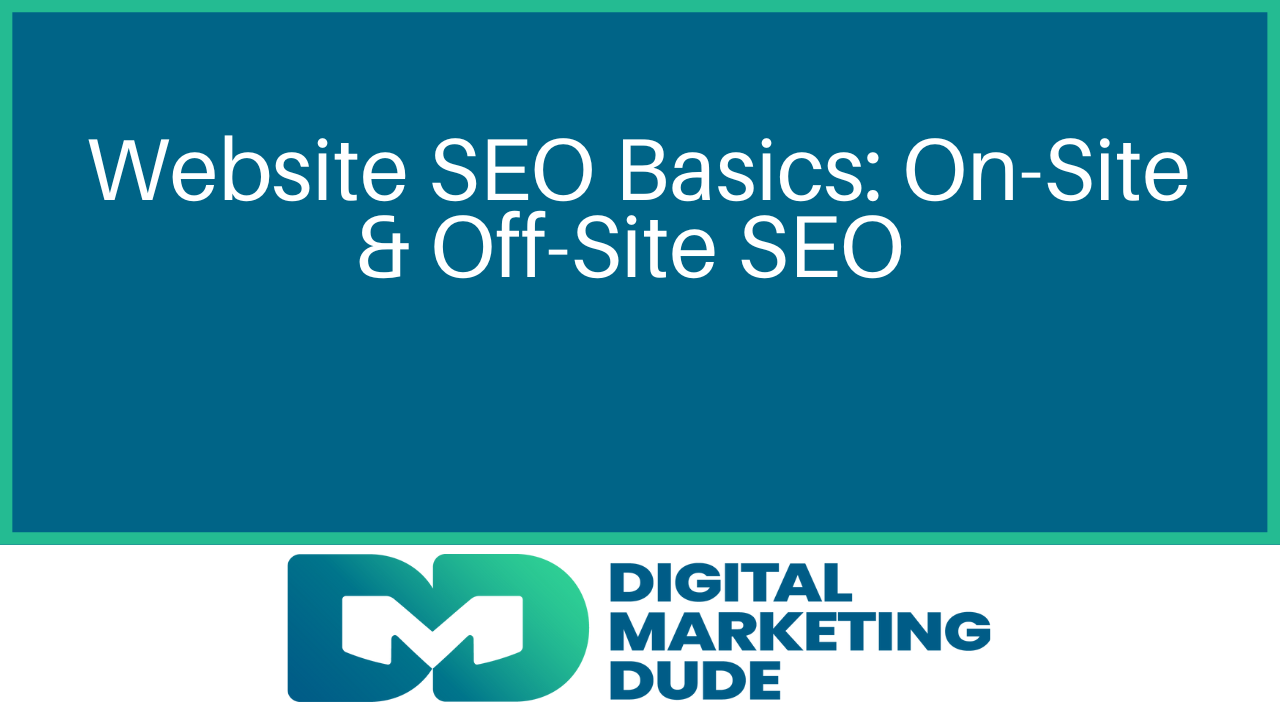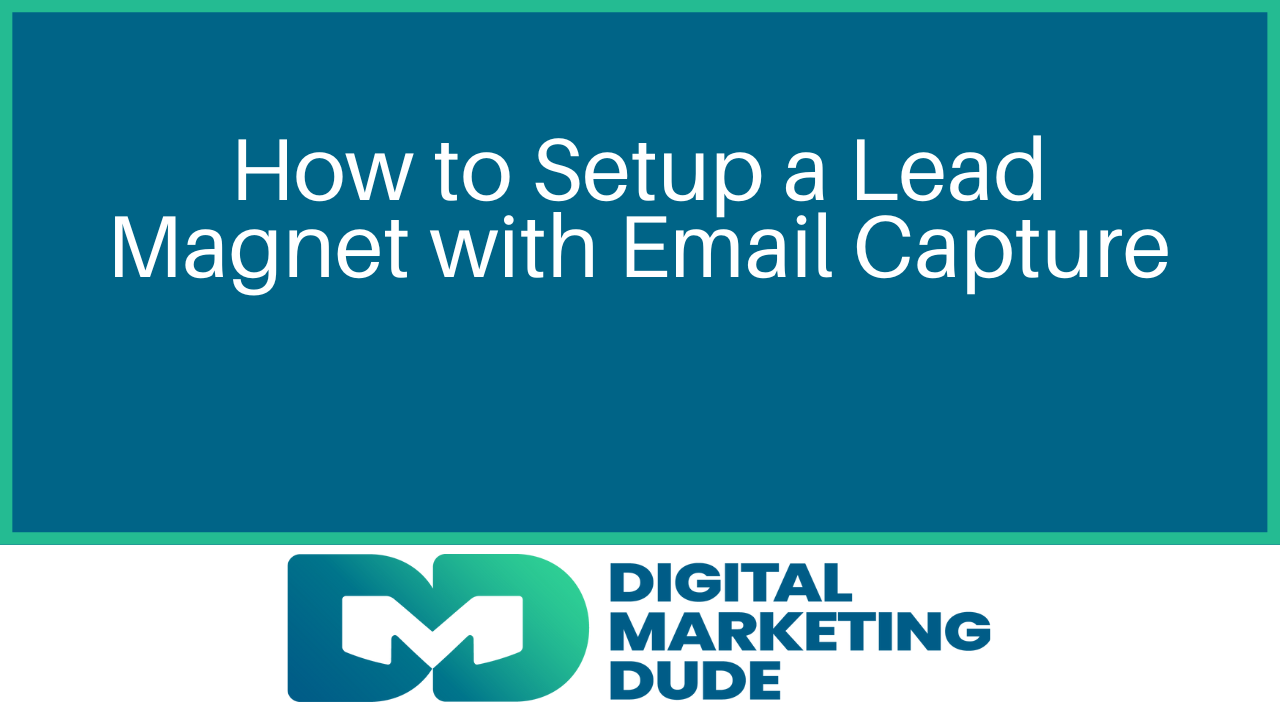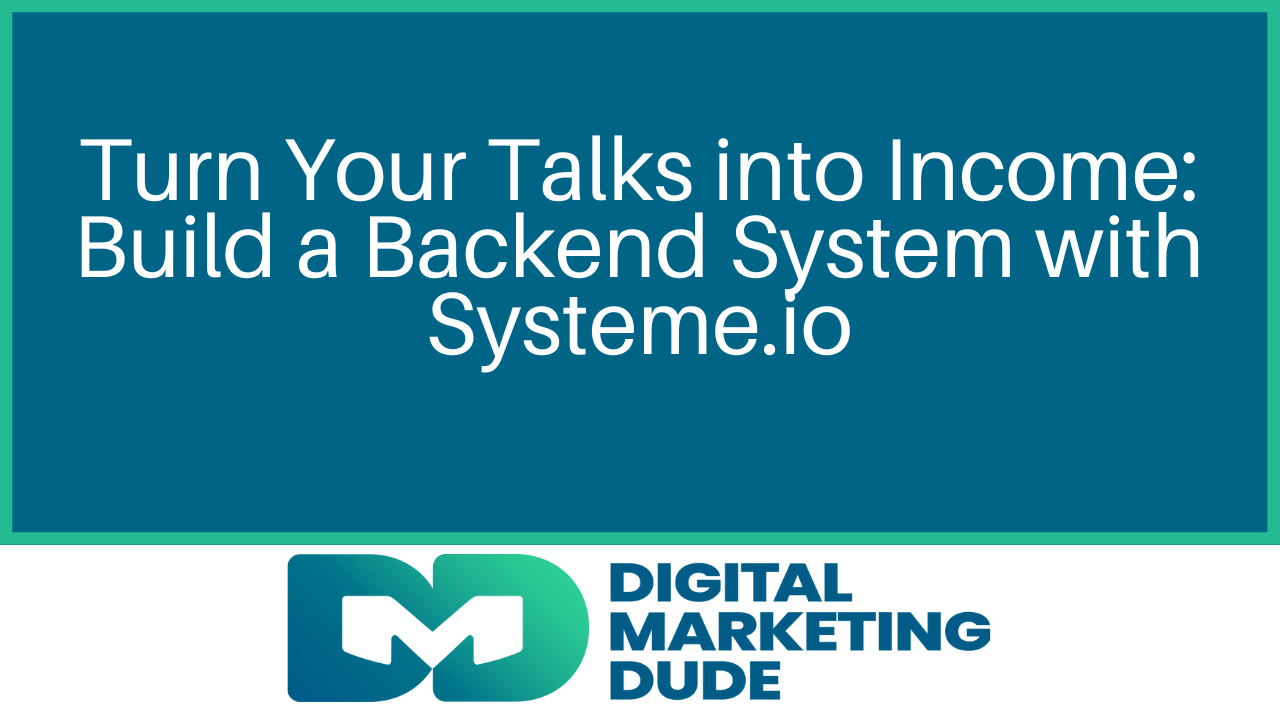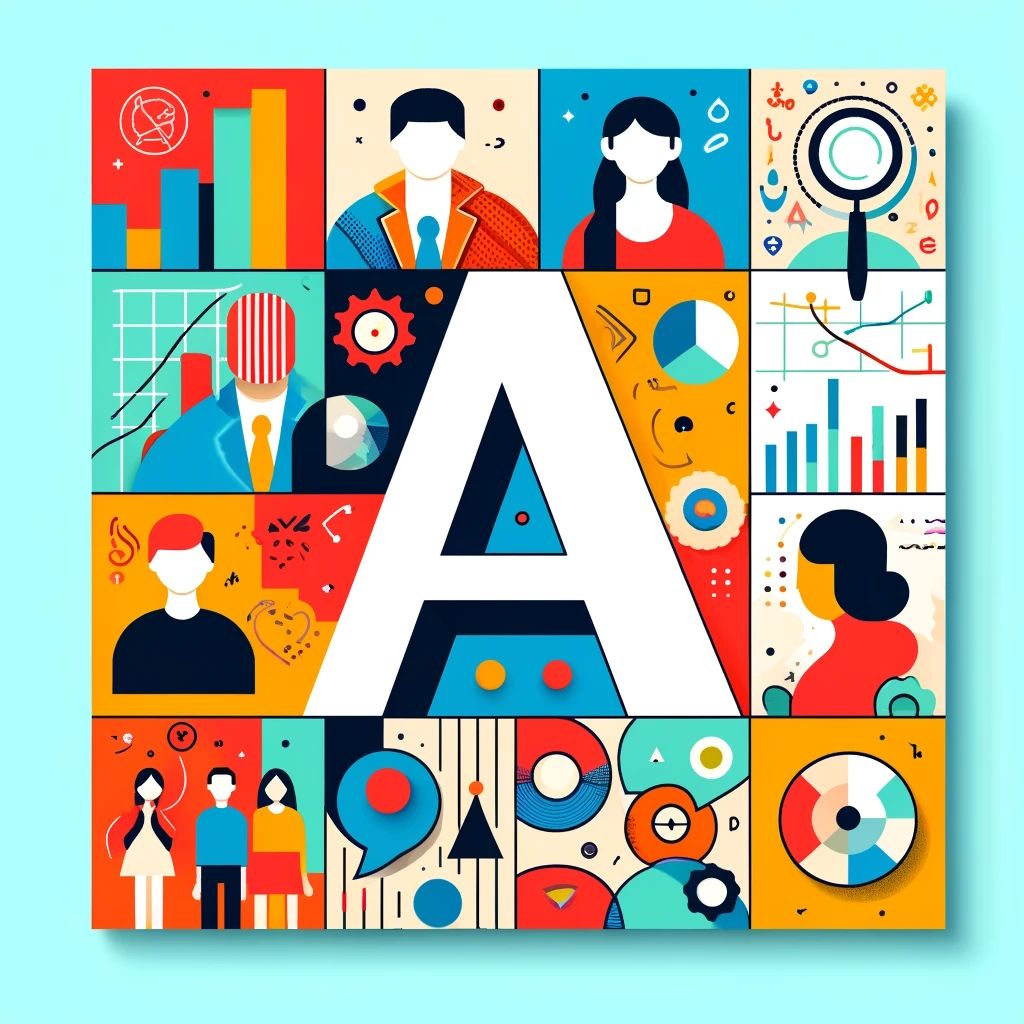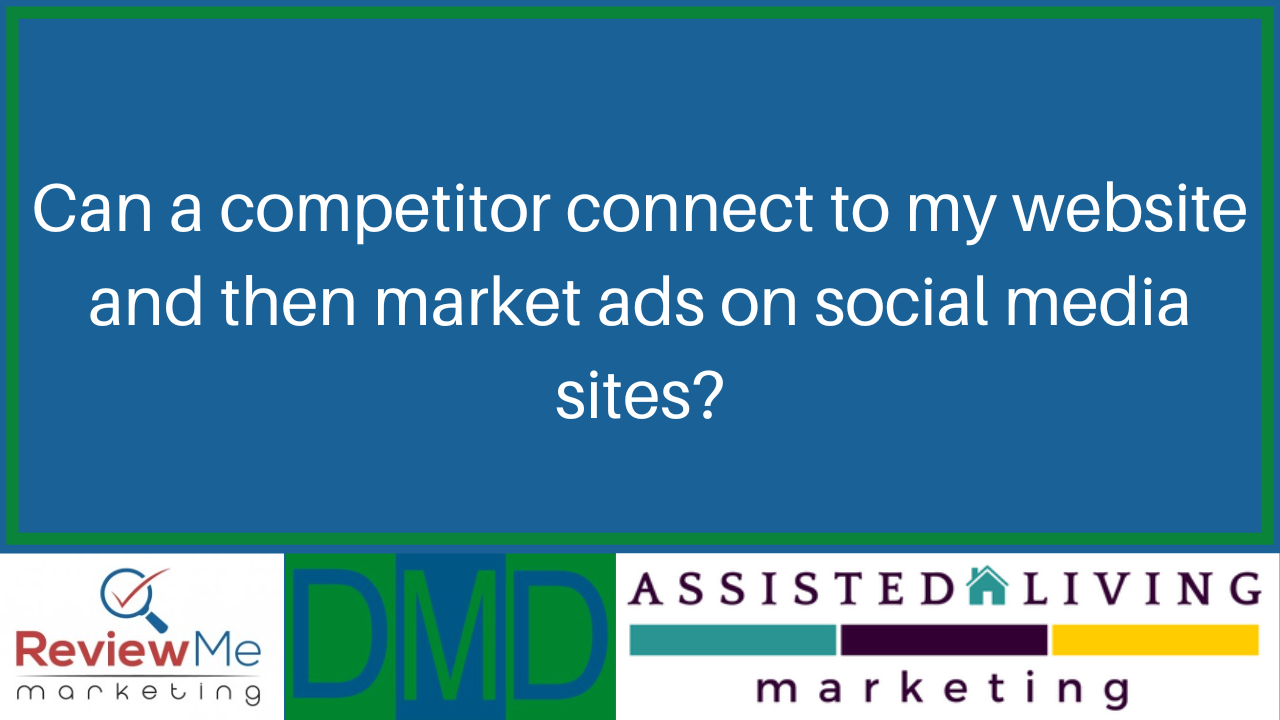Facebook Profiles vs. Professional Mode vs. Business Pages: What’s Best for You and Why It Matters
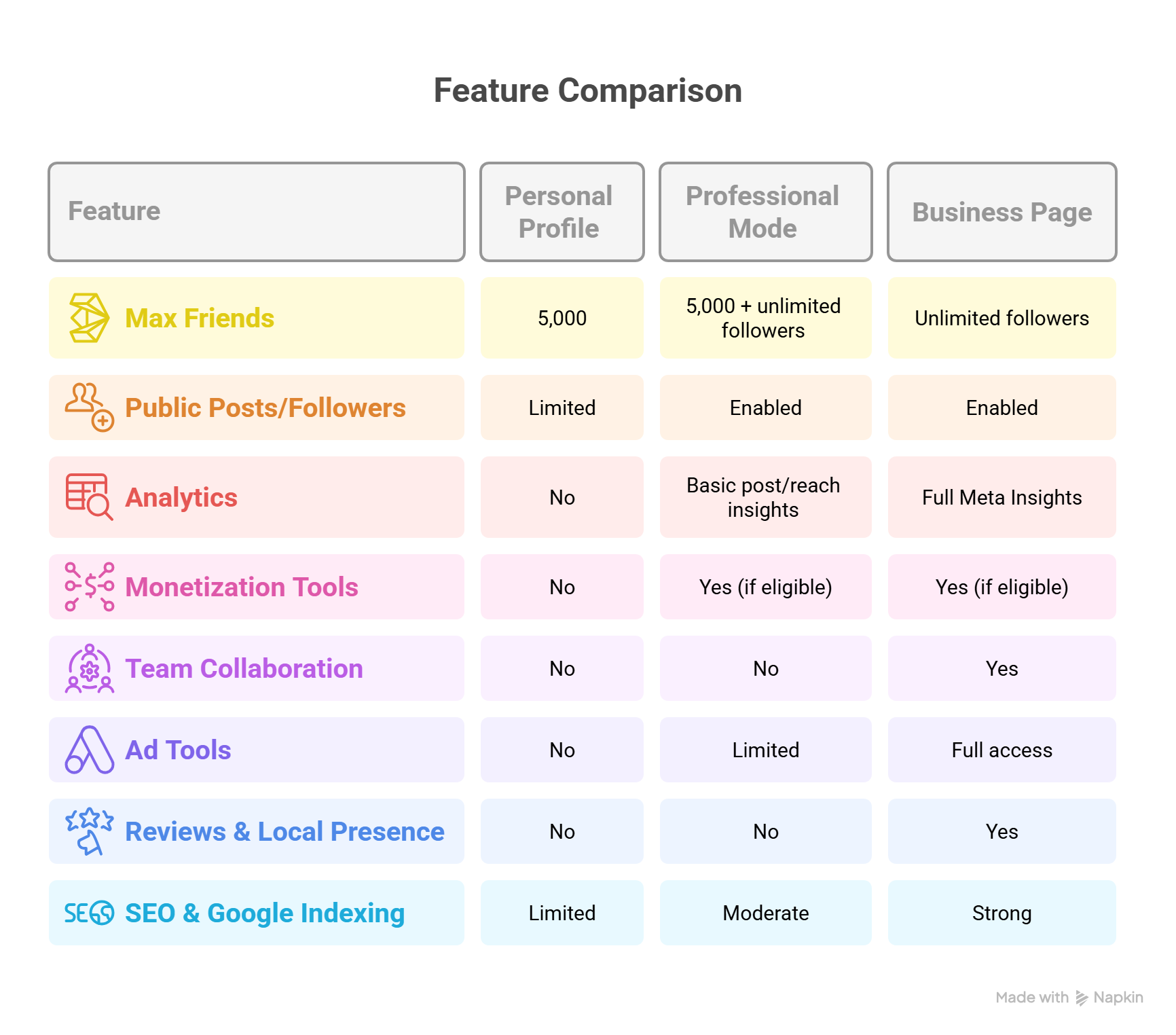
Transcription
Hey there, everybody. Peter Brissette here, Digital Marketing Dude. About 15 years ago, Facebook added the option to have business pages. So not only did you have a business profile or personal profile, you could also have a business page. And you used to be able to customize them using some HTML, like the same stuff we were building websites with. And for a little while, I created a bunch of templates so that people could really customize their Facebook business pages.
That seems like a lifetime ago at this point. And it lasted for a little while, maybe about a year or so before Facebook changed things. And I actually got in a little bit of trouble because I got a domain that was custom Facebook page template. And I used the word Facebook in a domain name. And I got a letter from the legal department of Facebook on that. But the point of today's video and the blog post is, what is the difference between a Facebook profile and a Facebook page? And actually, a version of the personal profile called Professional Mode. And that's what we are going to talk about here today.
So I'm going to share my screen here. Yeah, we are going to go through this. All right. What's the difference? And why does it matter? And what's the best choice for you? So there's basically three options here we're going to look into. So first one is your personal profile. So this is kind of the standard thing. When you go to Facebook and you sign up for a Facebook account, it's a personal profile. It's you as an individual person. That is how it's set up to be. This is where you make your social connections. You connect with friends. It's a reciprocal exchange. Someone can send you a friend request. You accept it. You can be sent a friend request. You can accept it. So, you know, it's your normal Facebook personal profile.
You can have a maximum of 5,000 friends on your personal profile. Now, there's nothing really business related in terms of tools and things like that that we'll see that are available on your business page, but it's really just for those social connections.
Now, here's the thing that's key about this, and it still happens all the time. I'm surprised it still happens, but a lot of folks will create a Facebook account, like a personal account, but as a business. And if you create a personal page as a business. Now, a lot of times you can get by with it. Facebook doesn't notice, but a lot of times Facebook will notice that you're operating a personal profile as a business, and they will shut that down. And I see it happen all the time with that. So it definitely is against Facebook's terms of use to do that.
Now, they recently added another category with a personal profile. It's called a professional mode. So it's a little bit different, but it's the same kind of process to log in and use it. But it gives you some business type tools. There's a little more information you have. Available that you can access.
You get the 5,000 friends. That stays the same, but you can also have public followers. So people can follow you and, you know, your content, but it doesn't have to be a two-way reciprocal thing. You don't have to follow them back. They can follow you without you having to follow them on a profile.
So this is more for influencers, for creators, folks like that that really want to extend their brand, and it's a very personal brand that they're able to do. And there is some advertising you can do there with a strictly personal profile. You can't do any advertising, but there is some advertising, paid advertising you can do on that.
And then finally, there's the Facebook business page. So a business... This page is very different. So you create the business page. You have to log in through a personal profile and then create the business page. That's how it has to be done.
What you're able to do with that is keep your personal and your business completely separate. Because when you use Facebook as your business page, none of your personal stuff is carried over there. So if you post something as your page, none of your personal information gets posted there. It's all strictly for the business. So organizations, local businesses, your plumbers, your contractors, your dentists, like all of those types of businesses would use a Facebook page. No friend limit. Right? It's not a two-way exchange. People follow the page. They like the page. They follow the content, like the content. There's no friend limit. could have tens of thousands, hundreds of thousands of followers of your business page. And there's all kinds of tools. So there's analytics on the back end, advertising that you can do. There's some search engine benefits. Some of that gets indexed by Google. So a lot that goes with a Facebook page that you now have access to that you don't have on a personal profile. It's a completely separate entity.
So what should you use and when? So let's look at that. For a personal profile, this is, you know, who you're connecting with personally and who you want to connect with. Uh, and it's your family stuff. It's your vacation. It's what you had for dinner or breakfast or whatever. Uh, you know, some people are very political. Some people are not political. Some people are friends with a lot of people. Some people are only friends with people they actually know. Uh, so you get to use that, uh, personal profile any way that you want to use it. Um, it's not business related. Now, that doesn't mean you can't post something about your business. You can, you certainly can post stuff about your business, but the main setup of a profile, you know, it's got your picture there, not your logo from your business, uh, as the main image. Uh, but you certainly can post, um, content there, but typically that's not what you're using it for. And it allows you to keep things completely separate. can keep your business separate from your private life. If that's what you want to do, um, you can totally do that.
Professional mode, again, this is more for the, you know, coach, author, speakers, creators, people that are publishers, publishing content, very, you know, public-facing brand, then that professional mode is something that you want to look at doing. You can grow your audience, but you're not going to have all the full business features that you're going to have inside of the Facebook business page. And sometimes, basically, you're just kind of testing the waters, testing engagement. How are people going to interact with you and something that you can try out before you go to a full business page?
And then, if you are looking at a business page, you want to market your business. You want to market and promote. Your business, you want to, maybe you have other team members that you work with, you have a product, a service that you're trying to get out there, then the business page is definitely for you. You can do Facebook ads, you can, again, look at analytics, you can add other users to be administrators on the page. Again, everybody can, will log in through their personal profile, but they can switch over and be an admin on the Facebook page. A Facebook page does not have its own separate login. It only has administrators that administrate the page. It can have multiple administrators, but there's no direct login. You don't put a username and a password in, in order to access the business page. Again, it's very helpful to, a lot of the pages get indexed by Google and it'll show up. A search result, another way to build trust and be able to get found for your business.
So, what's next? Now what? What do you do? Here's what I recommend. Be strategic about it.
What is it you really want to accomplish? Who's your target market? Who are you going after? What do you want them to do? How do you want to engage with them? Really think about that and make some decisions so that you know how you want to operate within the Facebook ecosystem.
The key thing to remember is always be moving people from social media to your actual list. How do you get them on your email list? How do you move them from Facebook to having actual conversations with folks and getting to know people in that? So, think strategically and how you want Do to do that? Are you going to have offers? Are going have free signups for different things? Do some contests maybe? Different things that you can move folks from just being connections on Facebook and actually being on your marketing list. And make a plan.
Put a plan together. Set a goal that you want to achieve. Do you want to increase the followers of your business page? Do you want to get more engagement on your posts? What is it you want to achieve and accomplish?
Pick a simple goal and then look at what are the tools I need to do this? I could probably use Canva for creating content, canva.com. Maybe I need a Google spreadsheet to put things together to track the information I want to track and track it over time. Is there other tools out there? Facebook, the Meta Business Suite. Is that a tool that I want to use to help me post and create content? So what are the tools that you might need to use in order to accomplish your goals that you've set?
And maybe you need to get more additional information, more support. Certainly you can talk to us. We'd be happy to do a free consultation with you. YouTube is a great source for information about marketing on your Facebook page and a lot of really great marketers out there that are teaching and training on using Facebook and social media for marketing all the time.
And get after it. Get to work. Get started. Go for it. Pick the direction that you want to go and get moving. Get moving in the direction that you want to get things done.
And get the support that you need so that you can start to build your followers and start to get more traction and get more clients and more customers. That's the real goal, right? We're not just doing this to get more clicks. We're doing this to be able to actually accomplish growing our businesses and helping our businesses grow.
So that's the post, the video here on Facebook and the different options. In the blog post as well, I'm going to add some bonus content. We have a couple of frameworks around trust potential and how you build and measure the trust potential for the content that you're creating, as well as how do you do ACES marketing, attract, capture, engage, and sell. Some ideas and ways to do that. So that'll be some extra information that'll be actually in the final blog post that you can check out there. So please like the video, put your comments and questions as well, and we will see you on the next video. Thank you.
Bonus Content
Bonus Content
How Your Facebook Setup Impacts Trust Potential
Choosing between a Personal Profile, Professional Mode, or Business Page isn’t just about features—it’s about building real trust with your audience. Let’s break it down using the 4 M’s of Trust Potential:
💬 1. Message – Are You Communicating Clearly and Credibly?
Each setup sends a different signal:
- A
standard Personal Profile used for business can create confusion or seem unprofessional.
- Professional Mode blends personal connection with public-facing credibility—ideal for creators or coaches.
- A
Business Page clearly communicates your offer, builds authority, and opens doors for engagement (ads, reviews, and customer support).
Pro Tip: Your message is strongest when it’s aligned with how people expect to find and interact with your brand.
📱 2. Medium – Are You Using the Right Tool for the Job?
- Facebook
Business Pages are built for marketing, SEO visibility, and ad integration—perfect for product or service businesses.
- Professional Mode is a great medium for thought leaders or solopreneurs wanting to build influence without managing a full business account.
Choosing the right medium increases your content’s effectiveness and perceived legitimacy—both on Facebook and in Google’s eyes through E-E-A-T.
⏱ 3. Moment – Is Your Approach Timely and Aligned with Audience Expectations?
- If you're just starting out,
Professional Mode can be a great “starter kit” to build an audience with low friction.
- When you're ready to scale with ads, reviews, and SEO indexing, the
Business Page is the right move.
Meeting your audience where they are—with the right format at the right time—strengthens trust and keeps you top of mind.
📊 4. Measurement – Can You Track What Builds Trust and Converts?
- Standard profiles offer no analytics.
- Professional Mode gives you basic reach and engagement insights.
- Business Pages unlock full analytics, ad performance, and customer behavior metrics.
Tracking performance helps you make data-backed decisions—and shows your audience that you’re serious, strategic, and invested in improving their experience.
👊 ACES Marketing Overview
ACES stands for:
Attract – Get attention from the right people
Capture – Convert attention into leads
Engage – Build relationships and trust
Sell – Turn trust into revenue
Let’s break down each stage with specific Facebook tactics tailored to the 3 account types.
🔹 A – ATTRACT
Goal: Get in front of your ideal audience on Facebook
Facebook Type Tactical Actions
Personal Profile - Post value-driven content (behind-the-scenes, stories)
- Tag relevant people and use location-based posts
- Share occasional updates about what you do (with CTA to business page)
Professional Mode - Optimize your bio to reflect your niche or brand
- Post Reels and public content consistently
- Use relevant hashtags and join niche communities
Business Page - Run targeted Facebook ads
- Boost high-performing posts
- Use SEO-optimized page descriptions and services
✅ Pro Tip: Use visual content (Canva or native Reels) to boost attention and shares.
🔹 C – CAPTURE
Goal: Turn interest into a lead you own (email, SMS, opt-in)
Facebook Type Tactical Actions
Personal Profile - Add a featured image with a lead magnet CTA
- Include a link to your email list or freebie in the "About" section
Professional Mode - Include call-to-actions in public posts (e.g., “DM me for a free guide”)
- Use link-in-bio tools to drive traffic to opt-ins
Business Page - Set up lead generation forms via Meta Business Suite
- Add a “Sign Up” or “Learn More” CTA button
- Create a pinned post with a free resource or offer
✅ Pro Tip: Offer something of value (checklist, webinar, mini course) in exchange for their email.
🔹 E – ENGAGE
Goal: Build ongoing connection and trust
Facebook Type Tactical Actions
Personal Profile - Reply to comments & DMs personally
- Engage with others’ posts to stay top-of-mind
- Share authentic wins/losses to build relatability
Professional Mode - Go Live to answer questions or share insights
- Use Stories to show real-time updates and behind-the-scenes
- Create a content theme schedule (e.g., Monday Motivation, Friday FAQs)
Business Page - Respond to all comments and messages promptly (use automated FAQs)
- Post testimonials and reviews to build social proof
- Share case studies or results from real clients
✅ Pro Tip: Use polls, questions, or behind-the-scenes stories to spark interaction.
🔹 S – SELL
Goal: Guide leads toward a buying decision
Facebook Type Tactical Actions
Personal Profile - Softly mention new offers and success stories
- DM conversations with warm leads (not spammy!)
Professional Mode - Promote limited-time offers with urgency
- Use Reels and short-form content to drive interest to offers
Business Page - Run retargeting ads for warm audiences
- Add products or services to your page shop
- Use Meta scheduling to align promotions with audience behavior
✅ Pro Tip: Sell with value first. Showcase how your product/service solves a specific problem.
📈 Bonus: Combine Platforms for Maximum Impact
Funnel Stage Best Tool(s)
Awareness Professional Mode + Business Page (ads + public reach)
Lead Capture Business Page (CTA buttons + lead forms)
Relationship Professional Mode (personal content + growth)
Sales Business Page (ads, retargeting, trust signals)
AI Overview
Facebook Profiles vs. Professional Mode vs. Business Pages: What’s Best for You and Why It Matters
By Peter Brissette – The Digital Marketing Dude
👋 Hey There – Let’s Clear Up the Confusion
Facebook has come a long way since I first started helping clients create custom business pages using HTML templates (yes, that long ago). Today, if you’re a business owner, content creator, or marketer, you’ve got three main options to show up on Facebook:
- Your
Personal Profile
- Your
Personal Profile in Professional Mode
- A full
Facebook Business Page
But what’s the difference? Why does it matter? And—most importantly—which one should you be using?
Let’s break it all down.
🔎 The 3 Facebook Setup Options (and How They Work)
✅ 1. Personal Profile (Standard Mode)
This is what everyone starts with. It’s built for social connection—not business promotion.
- Max 5,000 friends
- Reciprocal relationships (you have to accept friend requests)
- No analytics, no business tools
- Risk: Using it
as a business violates Facebook’s terms
✋ Watch out: Many people still use personal profiles for business. It might work… until it doesn’t. Facebook can shut it down at any time.
⚙️ 2. Professional Mode (Upgraded Personal Profile)
This is a newer option and a game-changer for creators and public-facing brands.
- Still capped at 5,000 friends — but you can have unlimited
followers
- Basic post analytics, monetization tools (if eligible)
- Public-facing content that supports audience growth
- Limited ad capabilities
Great for:
- Coaches
- Authors
- Speakers
- Influencers or solopreneurs testing content before launching a full business page
🏢 3. Facebook Business Page
This is the full package for brands, local businesses, and organizations.
- Unlimited followers
- Full access to Meta Business Suite and analytics
- Ad creation, post scheduling, team roles
- Facebook Reviews and Google indexing for trust & visibility
- Total separation from your personal content
This is the go-to setup for:
- Local service businesses
- Ecommerce brands
- Agencies
- Teams with shared management responsibilities
📊 Compare at a Glance: Which Facebook Setup Does What?
(Insert the 4-column comparison graphic here)
🔐 Building Trust Online Starts with the Right Strategy
Let’s run this through the 4 M’s of Trust Potential Framework to help you make a smart, strategic choice:
💬 1. Message – Are You Showing Up Clearly and Professionally?
- A Business Page clearly communicates your offer and builds credibility.
- Professional Mode is ideal for those whose
brand = their personality.
- Standard Profiles can muddy your message if you’re mixing business and personal.
📱 2. Medium – Are You Using the Right Format for Your Goals?
- Business Pages are designed for visibility, searchability, and scaling.
- Professional Mode is a solid medium for creators or those growing into a business.
- Personal Profiles are for private connections—not scalable for business growth.
⏱ 3. Moment – What Stage Are You At in Your Business?
- Testing content and building an audience? → Use
Professional Mode.
- Ready to scale with reviews, ads, and SEO? → Create a
Business Page.
- Just sharing occasional updates? → Stick with your
Personal Profile.
📊 4. Measurement – Can You Track What’s Working?
- Only
Business Pages give you full access to analytics and ad data.
- Professional Mode offers limited insights.
- Personal Profiles give you zero metrics—making it hard to optimize.
🧭 Strategy = Your Next Smart Move
Here’s the truth: The best choice depends on your goals.
Ask yourself:
- Who are you trying to reach?
- What action do you want them to take?
- What tools and data do you need to make that happen?
🎯 Tip: Don’t just post—plan. Choose your Facebook setup based on what will move people from social media to your email list, website, or booking calendar.
🔧 Tools + Tips to Support Your Plan
- Content Creation: Canva for social graphics
- Scheduling & Analytics: Meta Business Suite
- Organization: Google Sheets to track engagement and goals
- Learning: YouTube has tons of tutorials—plus, you can always book a free strategy session with me
🔄 Final Thoughts: Make Your Facebook Presence Count
We’re not just here for likes and clicks—we’re here to build trust, grow our visibility, and win real clients. Whether you’re just starting or scaling fast, choosing the right Facebook setup is your first strategic step.
➡️ Pick a direction. Set a goal. Get moving.
And remember—you don’t have to figure it all out alone.

